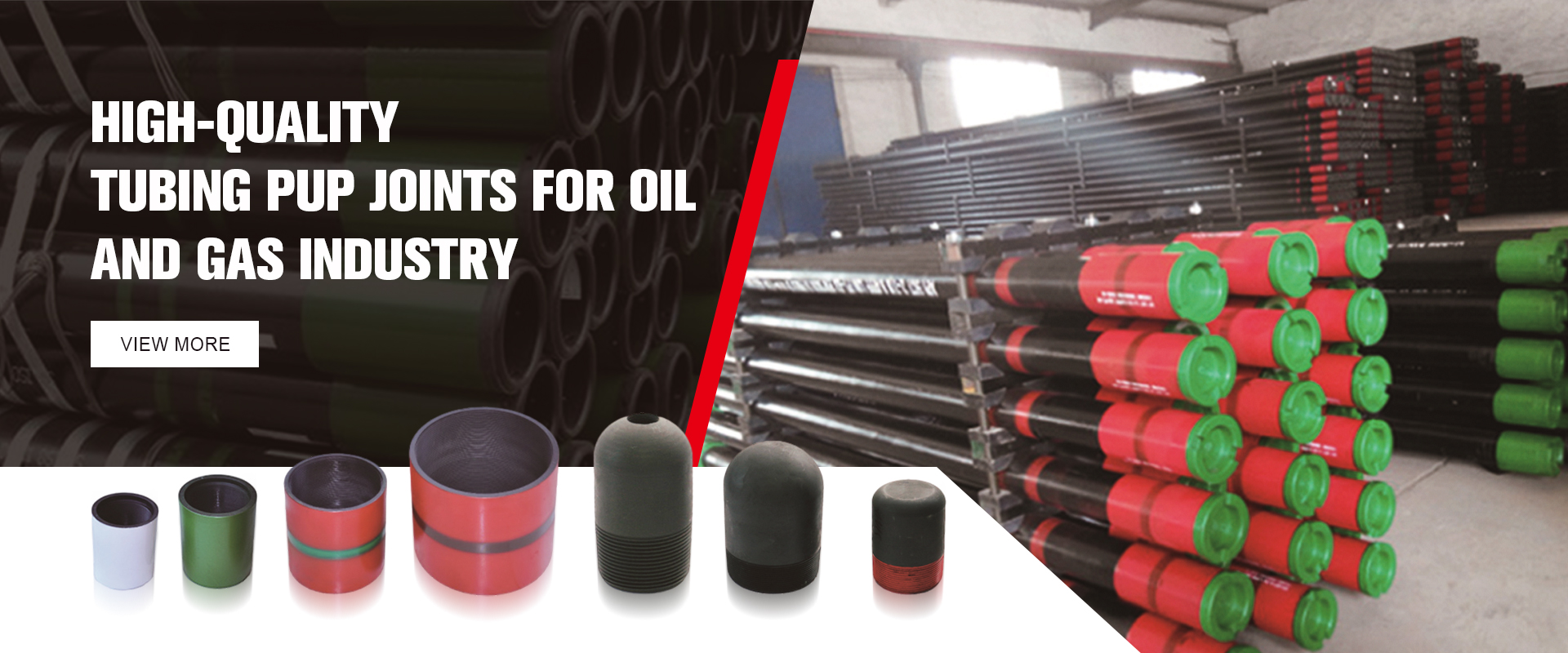- Afrikaans
- Albanian
- Amharic
- Arabic
- Armenian
- Azerbaijani
- Basque
- Belarusian
- Bengali
- Bosnian
- Bulgarian
- Catalan
- Cebuano
- Corsican
- Croatian
- Czech
- Danish
- Dutch
- English
- Esperanto
- Estonian
- Finnish
- French
- Frisian
- Galician
- Georgian
- German
- Greek
- Gujarati
- Haitian Creole
- hausa
- hawaiian
- Hebrew
- Hindi
- Miao
- Hungarian
- Icelandic
- igbo
- Indonesian
- irish
- Italian
- Japanese
- Javanese
- Kannada
- kazakh
- Khmer
- Rwandese
- Korean
- Kurdish
- Kyrgyz
- Lao
- Latin
- Latvian
- Lithuanian
- Luxembourgish
- Macedonian
- Malgashi
- Malay
- Malayalam
- Maltese
- Maori
- Marathi
- Mongolian
- Myanmar
- Nepali
- Norwegian
- Norwegian
- Occitan
- Pashto
- Persian
- Polish
- Portuguese
- Punjabi
- Romanian
- Russian
- Samoan
- Scottish Gaelic
- Serbian
- Sesotho
- Shona
- Sindhi
- Sinhala
- Slovak
- Slovenian
- Somali
- Spanish
- Sundanese
- Swahili
- Swedish
- Tagalog
- Tajik
- Tamil
- Tatar
- Telugu
- Thai
- Turkish
- Turkmen
- Ukrainian
- Urdu
- Uighur
- Uzbek
- Vietnamese
- Welsh
- Bantu
- Yiddish
- Yoruba
- Zulu
API Tubing and Casing Size Comparison for Optimal Well Construction
Understanding API Tubing and Casing Charts
The oil and gas industry relies heavily on tubulars, particularly casing and tubing, to ensure the safe and efficient extraction of hydrocarbons. To guide engineers in selecting the appropriate sizes and types, the American Petroleum Institute (API) provides comprehensive tubing and casing charts. Understanding these charts is crucial for anyone involved in drilling and production operations.
Casing is a series of pipes that line the borehole of a drilled well, providing structural integrity and preventing the collapse of the wellbore. It also isolates water-bearing formations from oil and gas zones, ensuring contamination is avoided. Tubing, on the other hand, is the pipe through which oil and gas are produced from the reservoir to the surface. Each type of casing and tubing has specific characteristics that make them suitable for various applications, which are clearly listed in the API charts.
Understanding API Tubing and Casing Charts
One important metric provided in these charts is the yield strength of the steel used to manufacture the casing and tubing. Yield strength refers to the maximum stress a material can withstand while maintaining its shape. Higher yield strengths are critical in deep wells where the pressure can be extreme, requiring stronger materials to prevent failures.
api tubing and casing chart

Additionally, the API charts categorize tubulars based on their grade. Grades such as API 5L, J55, and K55 all denote different chemical compositions and mechanical properties. The selection of a specific grade depends on the well conditions, including the presence of corrosive elements, temperature, and pressure. This allows engineers to tailor their choices to specific well environments, enhancing safety and production efficiency.
The role of the API tubing and casing chart is not limited to the selection of materials. It also helps in calculating critical parameters for well design. For example, the charts aid in determining the collapse resistance of casing under external pressures, essential when considering factors such as hydrostatic pressure of fluids in the surrounding formations.
Also, the charts provide guidance on the setting depth of casing strings. This is vital for ensuring that the casing extends deep enough to isolate the production zone from other formations. An adequately designed casing string can help prevent loss of circulation, wellbore stability issues, and environmental hazards associated with oil and gas production.
In conclusion, the API tubing and casing charts play an essential role in the oil and gas industry, empowering engineers and drillers to select appropriate materials for drilling and production. By providing essential specifications, these charts help ensure the integrity and safety of well operations, mitigating risks associated with high pressures and adverse environmental conditions. Therefore, a solid understanding of these charts is a fundamental skill for professionals in the petroleum sector. Without this knowledge, testing the limits of engineering could lead to costly failures and safety hazards in the field.
-
Tubing Pup Joints: Essential Components for Oil and Gas OperationsNewsJul.10,2025
-
Pup Joints: Essential Components for Reliable Drilling OperationsNewsJul.10,2025
-
Pipe Couplings: Connecting Your World EfficientlyNewsJul.10,2025
-
Mastering Oilfield Operations with Quality Tubing and CasingNewsJul.10,2025
-
High-Quality Casing Couplings for Every NeedNewsJul.10,2025
-
Boost Your Drilling Efficiency with Premium Crossover Tools & Seating NipplesNewsJul.10,2025







